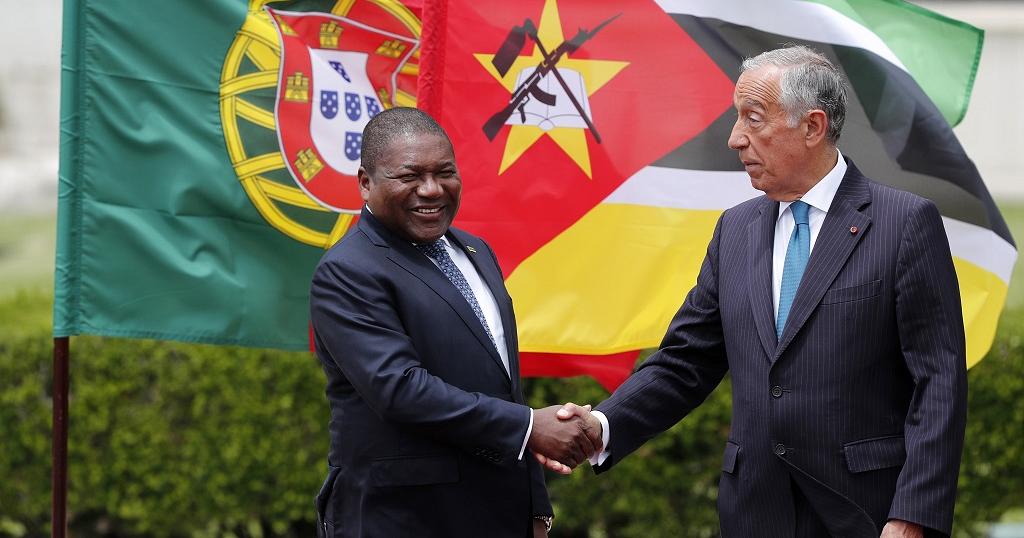- Africa
Portuguese project in Mozambique promotes protection for war displaced children

Children and young people displaced by the war in Cabo Delgado, northern Mozambique are expected to benefit this year from community social protection networks that the Portuguese organisation Helpo is creating on the ground.
They are part of around 25,600 people displaced by the war in Cabo Delgado, northern Mozambique.
“These networks aim to give more support to children and young people, but also to their families, so that they can integrate and rebuild their lives,” said Carolina Reis, manager of the initiative that the non-governmental development organisation is launching in the villages of Mieze, near the provincial capital Pemba.
Most of the beneficiaries expected to be reached are children: around 19,500.
The Nets for Protection project works by bringing together people from each community who will be alert to vulnerabilities, abuses and cases of exploitation, among other problems, in coordination with institutional actors and local leaders.
This is a “closer look” at displaced children, an extra attention justified by the specific context of flight from violence: “they have left their homes, lost family members and have their basic living conditions jeopardised”, added Carolina Reis.
“Each network has a representative who will go to Mieze once a month”, for a general meeting of the 14 communities and institutions, such as the local administration, police or other authorities, to discuss the situations detected and find solutions.
The emergency school fund, Helps says will be one of the visible aspects of the project, aimed at the most vulnerable families among the displaced and who leave most children out of school.
“The fund can cover 3,000 children in the 14 communities”, based on the initial amount. “Other support may come later” and the number may grow, stressed the manager of the initiative.
The inability to buy school materials and uniforms are two difficulties already identified by the 11 project activists in the communities – although the directors of the 16 schools involved have already announced that displaced children do not need to wear the traditional uniform to attend classes.
“Sometimes, what happens is that families are unable to pay” even the minimum expenses, “because the number of children is large, and so some are left without entering”, he said – with each Mozambican woman having, on average, five children.
Expenses that can also be for travelling to school or food, high costs, whatever the cost, for those who have lost everything.
This is where the school emergency fund should come into play.
For the time being, surveys are underway to define criteria that will allow, afterwards, within the protection networks, to choose which families will benefit from the support in each community.
The fund will be used to support school attendance from grade 1 to 12.
Helpo’s initiative is also providing initial training in psychology so that each community can be alert to signs of trauma among displaced children.
The idea is to “enable the communities to give some kind of support, a kind of psychological first-aid”, in case of problems that a child might present, and then direct them to the appropriate services.
The “Redes para a Proteção” project is supported by Portuguese cooperation through the Camões institute, as well as by Mozambikes and the Galp Foundation, with a total budget of around 180 thousand euros for one year – from January to December 2022.
The initiative comes in the wake of another Helpo action in Pemba, the Karibu project, an initiative for the integration of displaced persons in a school environment.
Two blocks of three classrooms each were inaugurated in February in the complete primary schools of Mahate and Sao Carlos Lwanga, Under Karibu.
Since 2017, the natural gas rich Cabo Delgado province has been the center of attacks by the Islamic State
There are 784,000 internally displaced people due to the conflict, according to the International Organization for Migration (IOM), and about 4,000 deaths.





